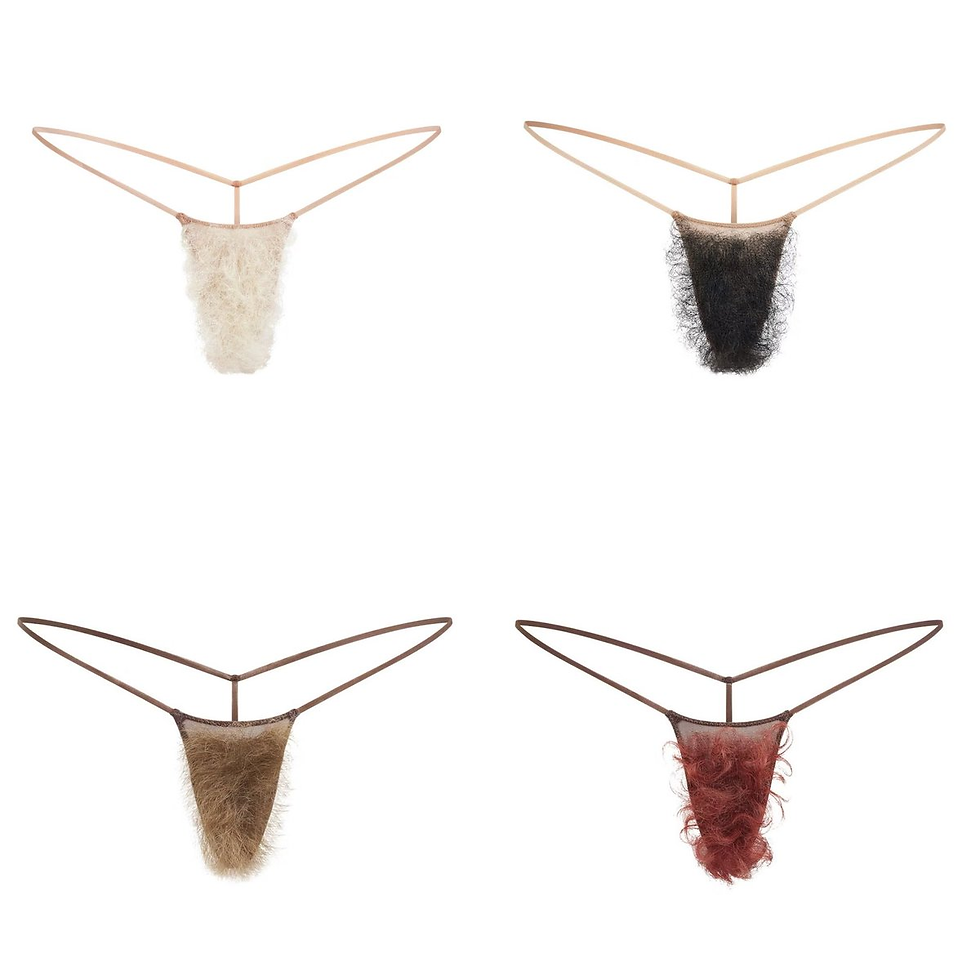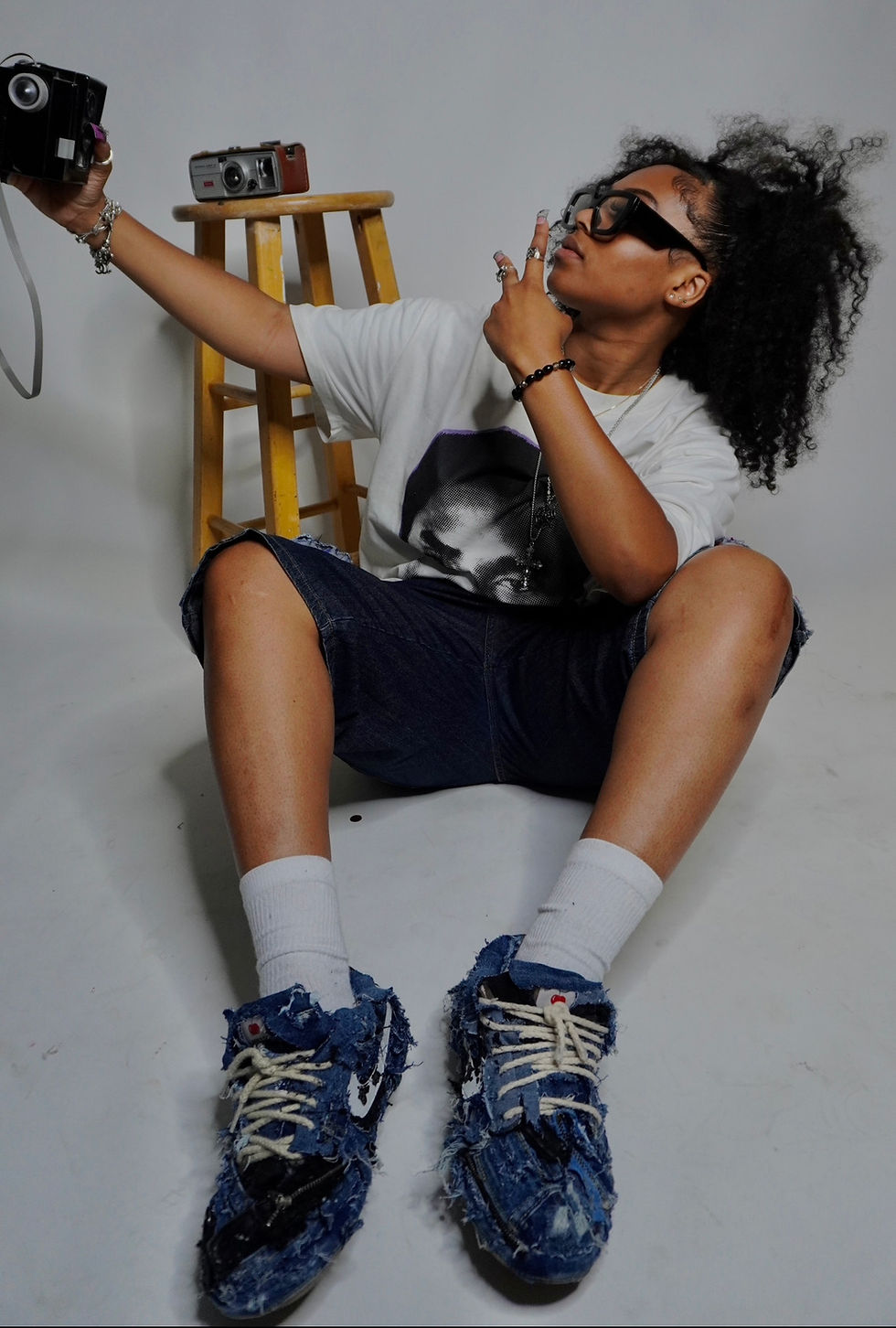When Did Opinion Go Out of Vogue?
- Evan LeFevre
- 2 days ago
- 2 min read

In June, I was flipping through the Summer issue of Vogue, and found an article titled “On The Nose,” in which Alice Gregory gave a dull account of the hardship she endured having to decide between a traditional or non-surgical rhinoplasty (a more natural nose-job performed by injecting filler to change the contours of the nose bridge, instead of opening the skin and carving out chunks of cartilage.) The three-page spread, which could have been a substantial examination of modern beauty standards, barely scratched the surface. There was no mention of a disturbing trend towards casual cosmetic enhancements, any influence social media or the fashion industry could have had on her self-image, or even how she felt about herself afterwards.
Gregory, a full time journalist who’s been working for the New York Times since 2013, is fully capable of writing a nuanced story. Was it Vogue that was afraid to perturb readers who may have undergone similar procedures themselves? It’s not unlikely; it feels like Vogue avoids saying much of anything these days.
The internet has a way of creating its own commotion; every fashion head with a twitter account had something to say about the Schiapparelli animal heads from SS23, or Balenciaga’s $925 bathroom towel which was styled as a skirt in their 2024 resort collection. These moments, born from the media frenzy of our modern internet, deserve to be analyzed at a deeper level than what a 60 second TikTok video can provide.
The towel got a digital article by Julia Hobbs, in which she compared the absorbency and care instructions to its Ikea doppelganger, and discussed the practicality of wearing a towel to the office or on the subway. Regardless of the touch of sarcasm in her tone, articles like these — all filler, no flesh — are a disservice to the art they cover. Demna’s Balenciaga was a needle pointed directly at the ultra-rich, a cultural experiment where the clothes themselves existed as a mockery of whoever was wealthy enough to buy them. Fashion is more than the price tag on a pretty dress (or a towel.) Like any other art form, it's a reflection of the world in which it lives, and as a former professor of mine would say, it’s the job of a journalist to “do theory on it.”
Whether it's an aversion to ruffling feathers, or just laziness, Vogue’s writing has no substance. In an increasingly digital world, Vogue’s biggest competitors are the other apps on our phones. The Vogue app’s “algorithm” — the lines of code which entwine our brains and keep us scrolling — will never hold a candle to Instagram or TikTok which are literally engineered to be addictive. Why not embrace that difference and produce content that’s more comprehensive?
Discussion of art and culture is completely meaningless if you’re not brave enough to critique it. As Vogue teeters on the edge of irrelevance, it’s time for a much needed facelift, a major operation to reacquaint the magazine with actual journalism.
Evan LeFevre




Comments